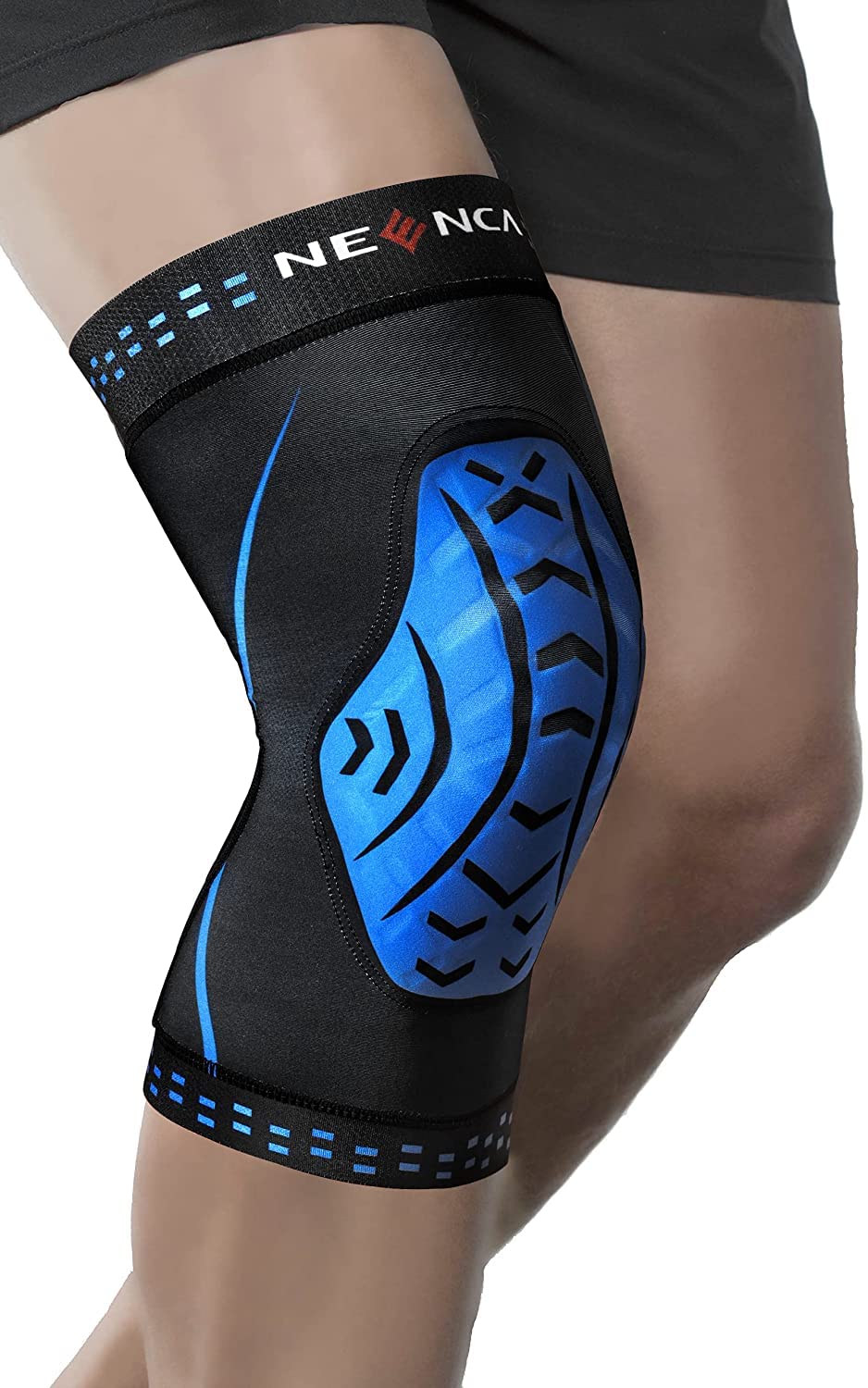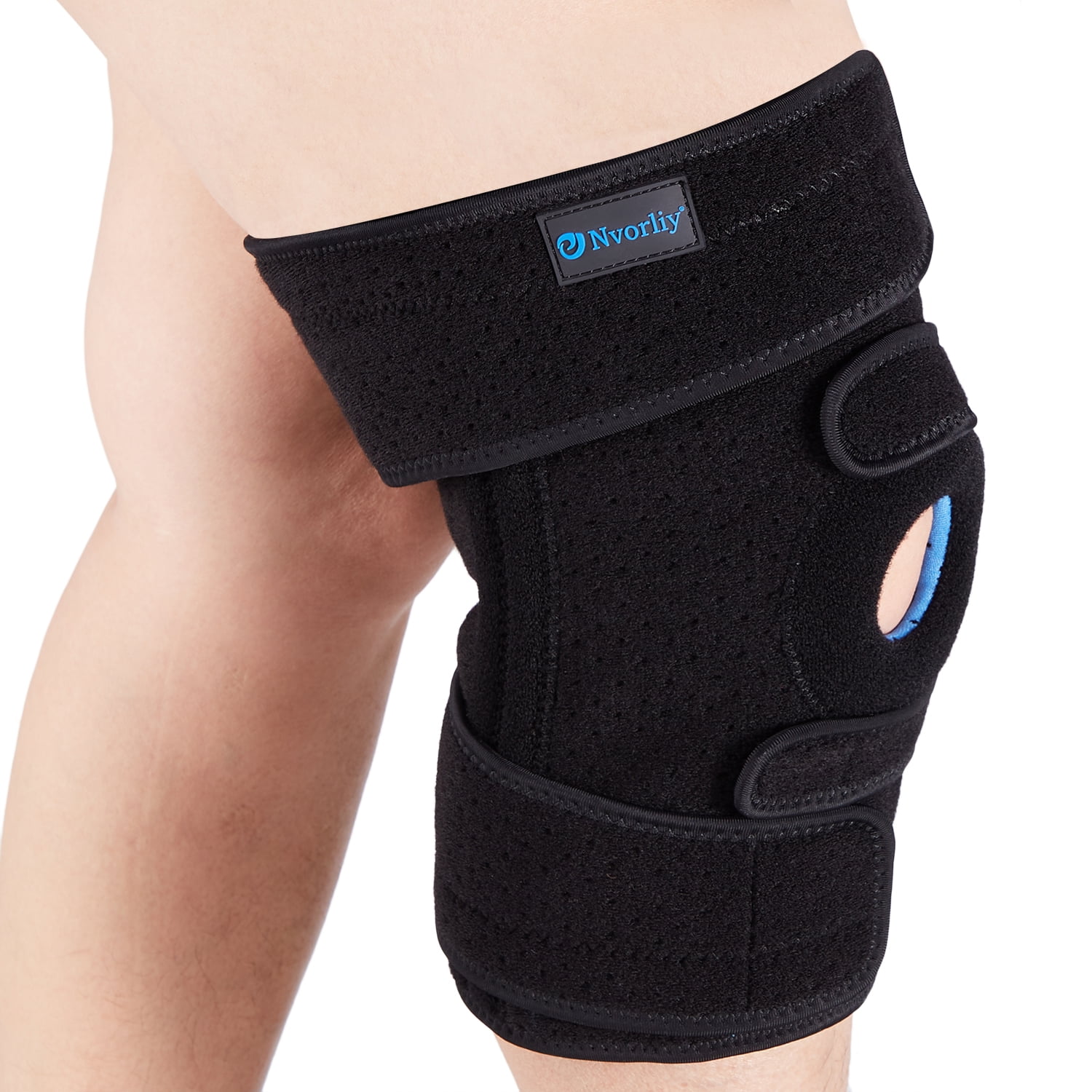Knee Brace For Behind Knee Pain

For individuals grappling with persistent pain behind the knee, often a debilitating condition hindering mobility and daily activities, a new generation of knee braces is emerging as a potential non-surgical solution. These braces, designed specifically to address posterior knee pain, are gaining traction among orthopedic specialists and patients alike, offering a less invasive alternative to surgery or long-term medication.
This article will explore the functionality of these specialized knee braces, the conditions they aim to treat, and the evidence supporting their efficacy, while also providing insights from medical professionals and user experiences.
Understanding Posterior Knee Pain
Posterior knee pain, or pain behind the knee, is a common complaint that can stem from a variety of underlying issues. These include Baker's cysts, meniscus tears, hamstring tendinitis, osteoarthritis, and even referred pain from the hip or lower back.
Diagnosing the precise cause of the pain is crucial for effective treatment, and often involves physical examinations, imaging tests such as MRI, and a thorough medical history.
The Role of Knee Braces in Pain Management
Knee braces have long been used to support and stabilize the knee joint, but these new designs are tailored specifically to alleviate pain and improve function in individuals with posterior knee pain.
These braces typically feature a combination of compression, support, and potentially hinge mechanisms to control range of motion and reduce stress on the affected tissues.
Key Features and Functionality
Many of these braces incorporate features like adjustable straps to customize the fit and level of compression.
Some also include breathable materials to enhance comfort during prolonged wear, crucial for maintaining compliance and maximizing benefits.
Hinged designs can provide additional stability and limit excessive movement that might exacerbate pain.
The primary goal is to provide support and offload pressure from the posterior knee structures, allowing them to heal and reducing pain signals.
Conditions Addressed by These Braces
These braces are primarily used to treat conditions like Baker's cysts, where the brace can provide compression and reduce the size and discomfort associated with the fluid-filled sac.
They can also be beneficial for individuals with mild to moderate osteoarthritis affecting the back of the knee, as the brace can help distribute weight and reduce pressure on the joint surfaces.
In cases of hamstring tendinitis, the brace provides support and reduces strain on the hamstring tendons, promoting healing and pain relief.
Evidence and Research
While more extensive research is still needed, preliminary studies and clinical observations suggest that these specialized knee braces can be effective in managing posterior knee pain.
One study published in the Journal of Orthopaedic & Sports Physical Therapy indicated that patients using a knee brace designed for posterior knee pain experienced significant improvements in pain levels and functional mobility compared to those using a standard knee sleeve.
"We are seeing positive outcomes with these braces, particularly in patients with Baker's cysts and mild osteoarthritis," says Dr. Emily Carter, an orthopedic surgeon at the Mayo Clinic, though she cautions that "they are not a substitute for surgery in severe cases."
Patient Experiences
Many individuals who have used these braces report a noticeable reduction in pain and improved ability to perform daily activities.
"I was skeptical at first, but the brace has made a huge difference in my pain levels," says John Smith, a 55-year-old who suffers from osteoarthritis in his knee. "I can walk longer distances and even play golf again without as much discomfort."
However, it's crucial to note that individual results can vary, and what works for one person may not work for another.
Important Considerations
It is essential to consult with a healthcare professional, such as an orthopedic surgeon or physical therapist, to determine if a knee brace is the right treatment option.
A proper diagnosis is crucial to identify the underlying cause of the pain and ensure that the brace is appropriately fitted and used.
Furthermore, the brace should be part of a comprehensive treatment plan that may also include physical therapy, medication, and lifestyle modifications.
Patients should follow the manufacturer's instructions for proper wear and care of the brace to maximize its effectiveness and longevity.
Conclusion
Knee braces designed specifically for posterior knee pain are offering a promising non-surgical option for individuals struggling with this debilitating condition.
While further research is ongoing, the available evidence and anecdotal reports suggest that these braces can effectively alleviate pain, improve function, and enhance quality of life.
By consulting with a healthcare professional and incorporating a knee brace into a comprehensive treatment plan, individuals can potentially manage their posterior knee pain and regain a more active and fulfilling lifestyle.


















